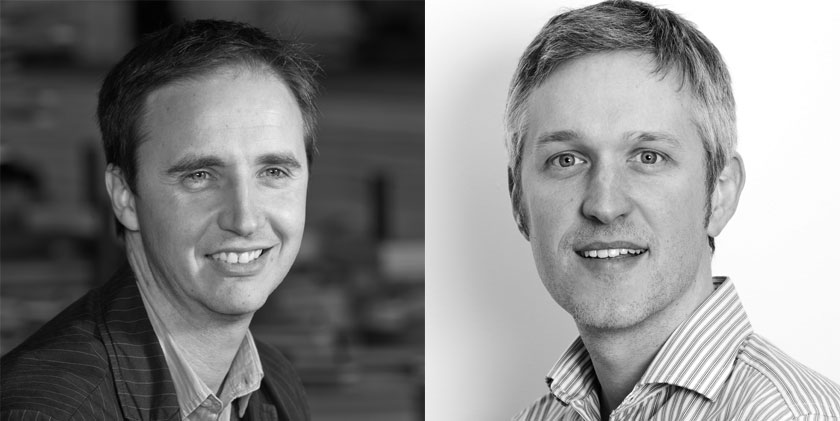#{Title}
#{Copy}
 The Milan Expo 2015 opens its doors on 1 May. Hear landscape architect James and architect Mark explain their involvement in one of their most exciting projects to date - the UK pavilion.
The Milan Expo 2015 opens its doors on 1 May. Hear landscape architect James and architect Mark explain their involvement in one of their most exciting projects to date - the UK pavilion.
Feeding the Planet, Energy for Life.
UK Trade & Investment (UKTI)
 The ‘Great Exhibition of the Works of Industry of All Nations’ was held in London in 1851 and is universally recognised as the first modern World Expo as well as the first exhibition of manufactured products. Since that inaugural event, the purpose of the Expo has evolved to provide a platform for countries to showcase their talent, promote trade and investment across the world, offer a glimpse into the future through ideas and innovation and offer a great day out.
The ‘Great Exhibition of the Works of Industry of All Nations’ was held in London in 1851 and is universally recognised as the first modern World Expo as well as the first exhibition of manufactured products. Since that inaugural event, the purpose of the Expo has evolved to provide a platform for countries to showcase their talent, promote trade and investment across the world, offer a glimpse into the future through ideas and innovation and offer a great day out.
At the 2010 Expo in Shanghai, Thomas Heatherwick created the Seed Cathedral for the UK pavilion which attracted 6.5 million visitors, won the BIE Gold Award for best pavilion design and attracted international acclaim. This year in Milan, the latest chapter in the history of the World Expo will be written with the theme ‘Feeding the Planet, Energy for Life’. Following our successful design of the Liverpool Pavilion for the Shanghai Expo in 2010, BDP will once again be part of this prestigious event, working alongside the internationally acclaimed artist Wolfgang Buttress to design the UK pavilion.

Wolfgang’s work is the creation of public and private space through sculptural intervention. From his Nottingham studio he has developed skills in metalwork and welding which enable him to realise his multi-award winning iconic landmark sculptures.
The pavilion explores both the parallels and intrinsic relationship between bees and humans including the current decline in the honeybee population and its significance in food production. The intention is to create an experience which is visceral and immersive. Visitors will be taken on a journey through British landscape typologies – an orchard, an undulating wildflower meadow, a piazza and a roof terrace – before arriving at the focal point of the pavilion, a huge sculptural beehive. At this point, visitors will be enveloped by pulsating lights and sounds generated from signals transmitting the movement and bee language within real beehives.
 On entering the orchard to a soundscape of bees humming within British apple trees, visitors will pass into an enclosed space which references a traditional beehive. This contains the reception, live video feeds from hives and a glimpse of the journey beyond. Visitors then move on into a gently undulating wildflower meadow evoking the rolling hills of the English countryside. From here, the hive presents itself glistening like a beacon on the horizon imitating the sun which enables all life on earth. Multiple paths represent the orienteering ‘waggle dance’ of the bee so that visitors are free to explore and navigate their own journeys accompanied by the continuing sound of bees passing overhead.
On entering the orchard to a soundscape of bees humming within British apple trees, visitors will pass into an enclosed space which references a traditional beehive. This contains the reception, live video feeds from hives and a glimpse of the journey beyond. Visitors then move on into a gently undulating wildflower meadow evoking the rolling hills of the English countryside. From here, the hive presents itself glistening like a beacon on the horizon imitating the sun which enables all life on earth. Multiple paths represent the orienteering ‘waggle dance’ of the bee so that visitors are free to explore and navigate their own journeys accompanied by the continuing sound of bees passing overhead.
AN OPEN PIAZZA ACTS AS A COUNTERPOINT TO THE CONTROLLED PATHS OF THE MEADOW, ALLOWING VISITORS TO PASS DIRECTLY UNDER THE HIVE WHILST THE SOUNDS INTENSIFY. STEPS LEAD UP TO A ROOFTOP TERRACE CONTAINING A CANOPIED LONG BAR. FROM HERE ONE ENTERS THE HIVE ITSELF TO COMPLETE THE BEE’S JOURNEY.
Interior spaces below the roof terrace house VIP facilities, back of house space, a conference room and internal exhibition space.
Unlike previous UK pavilions, the intention for 2015 is to create an essentially quiet and contemplative experience which says much through as little as possible.